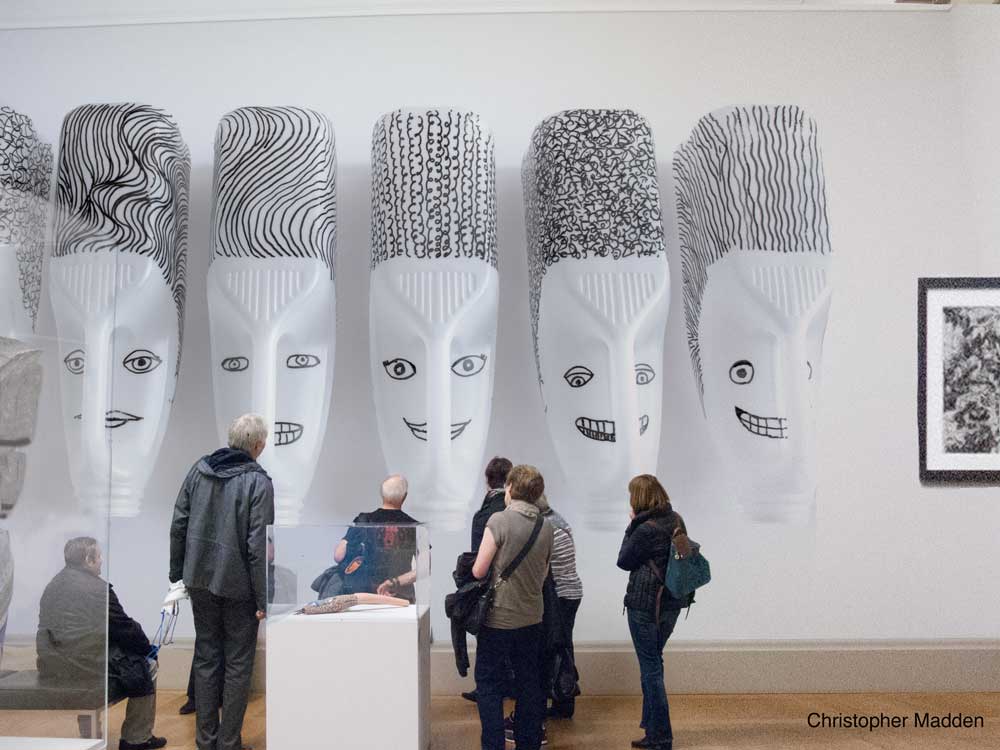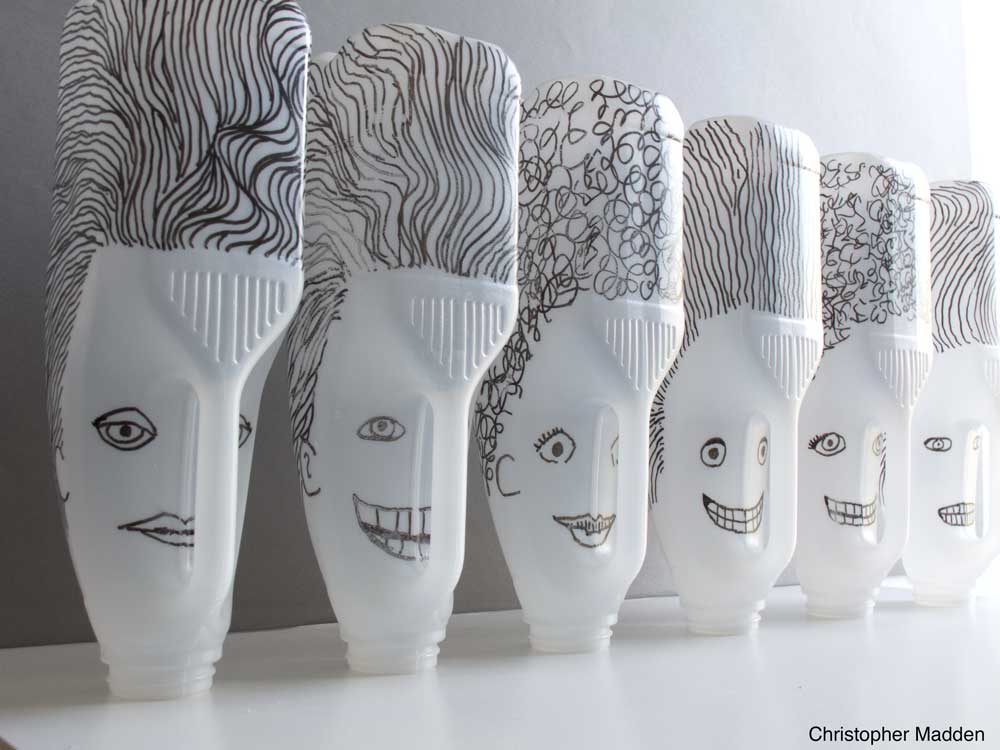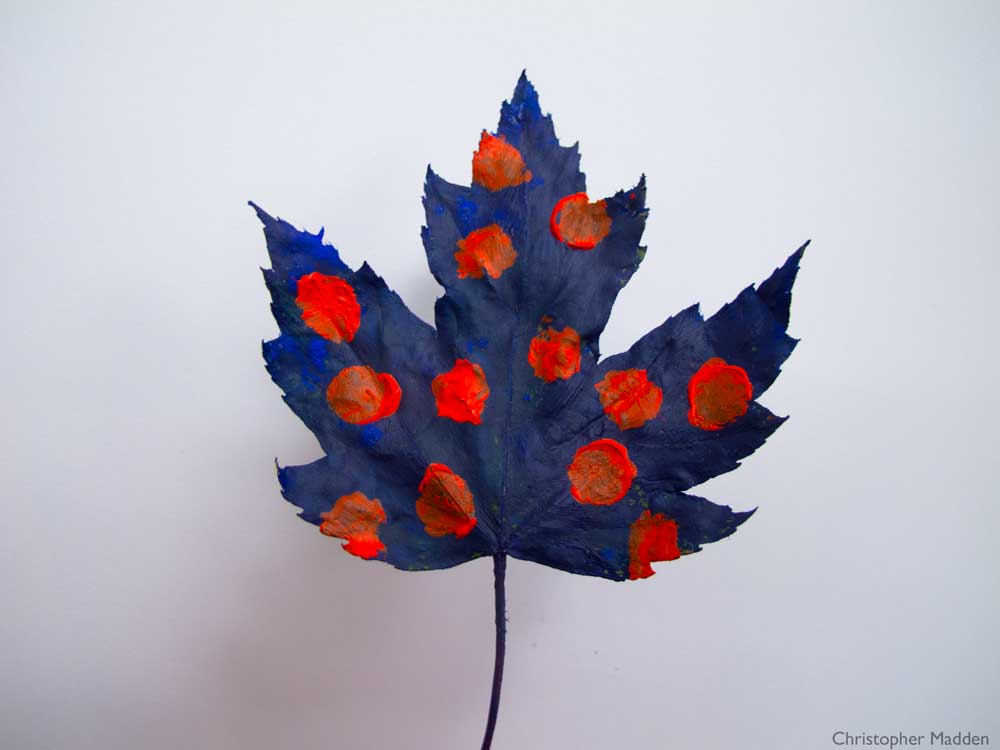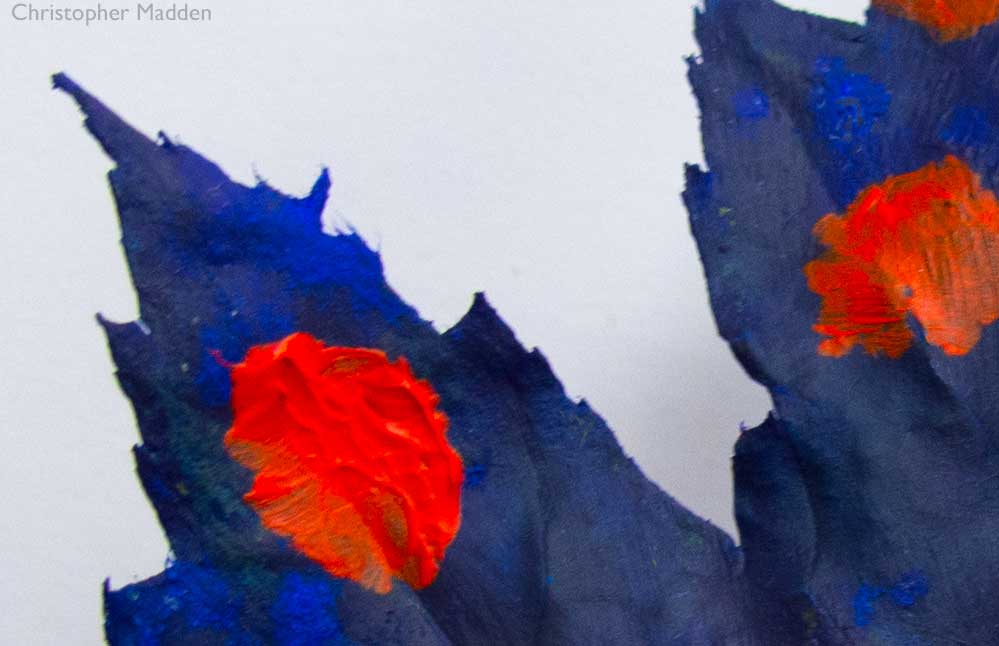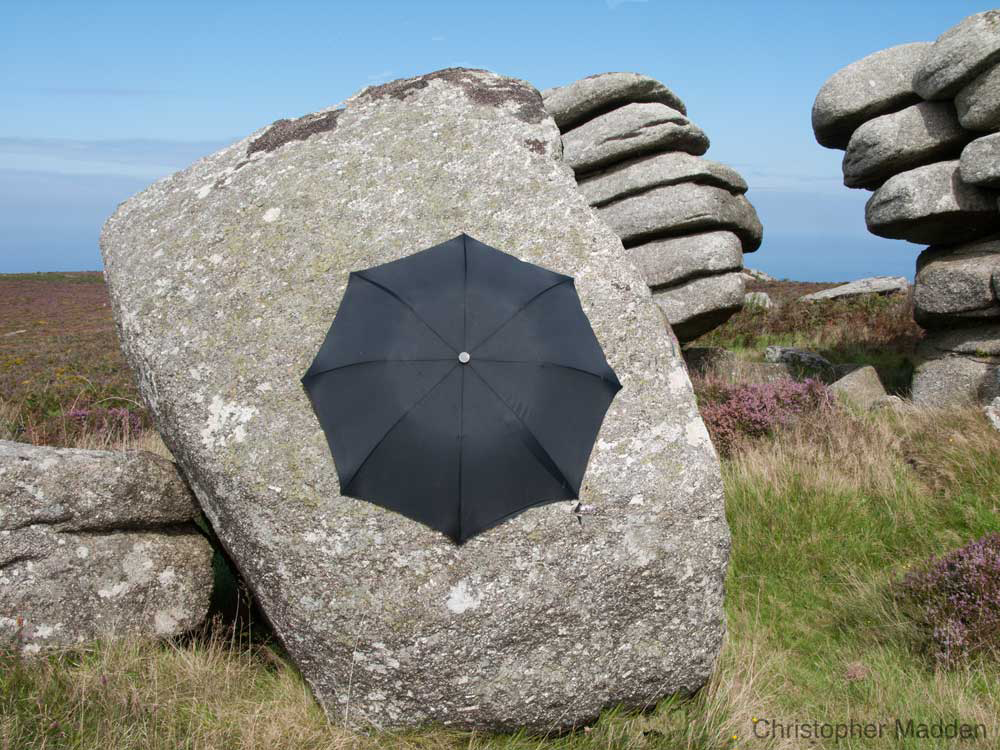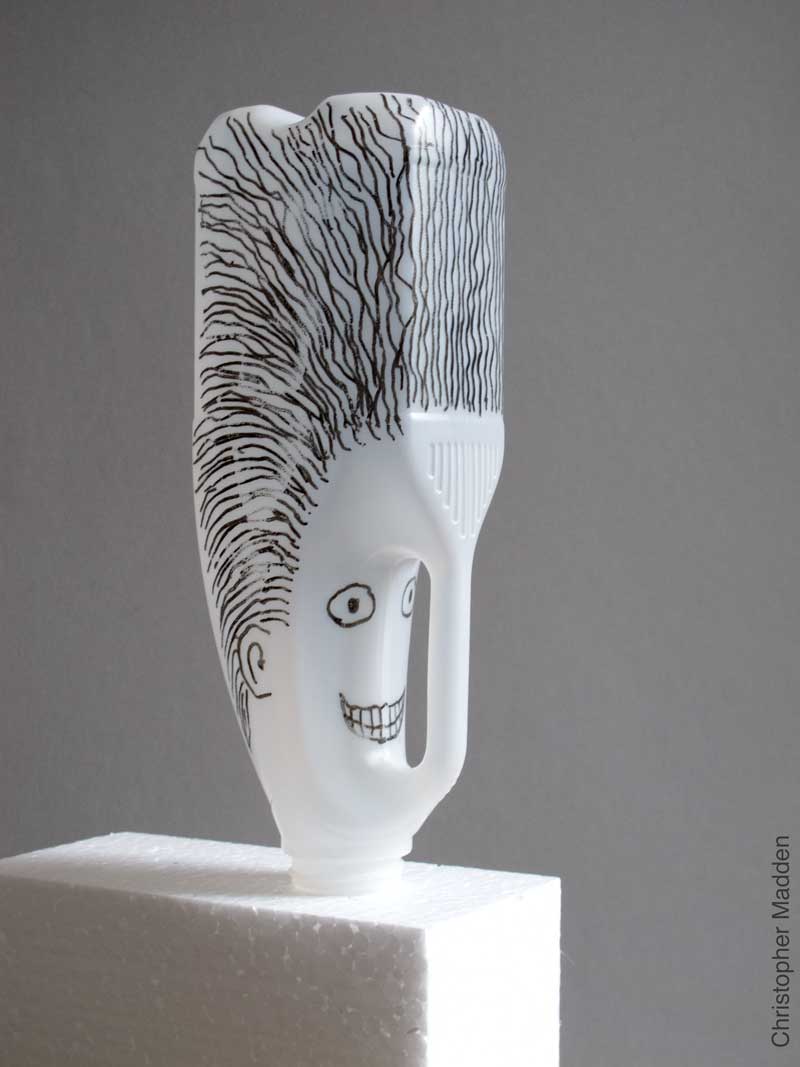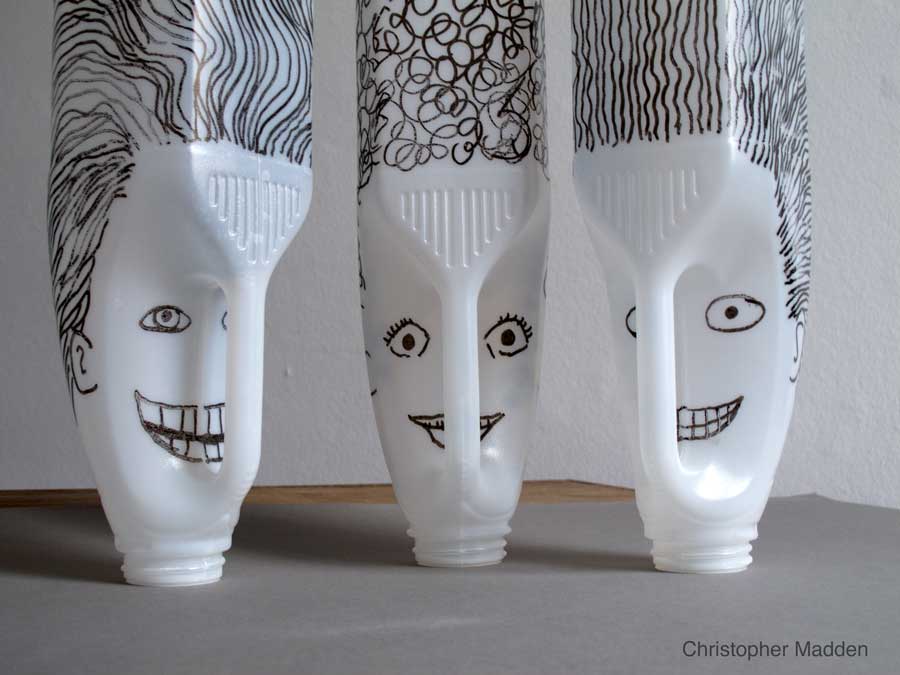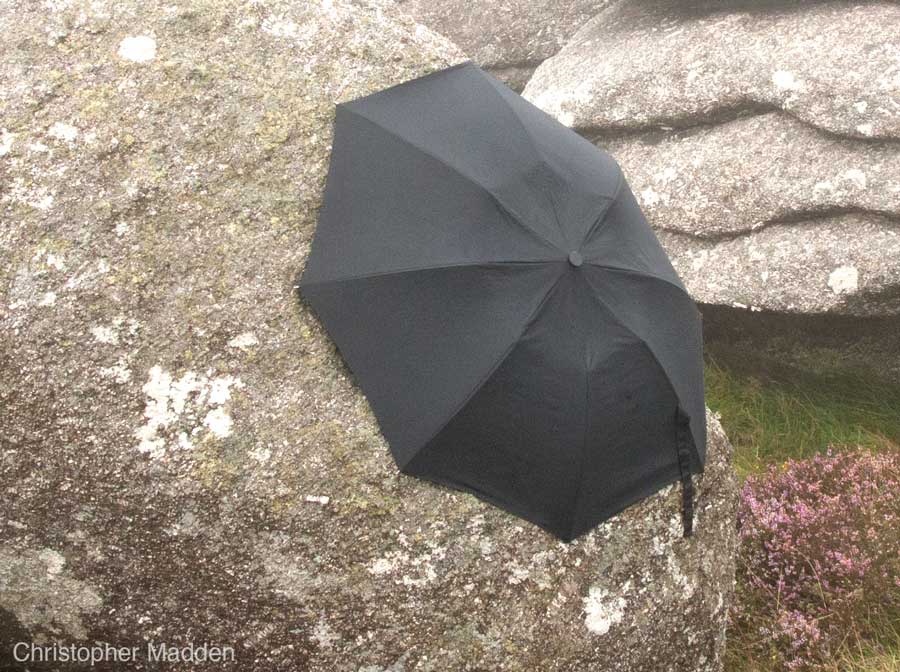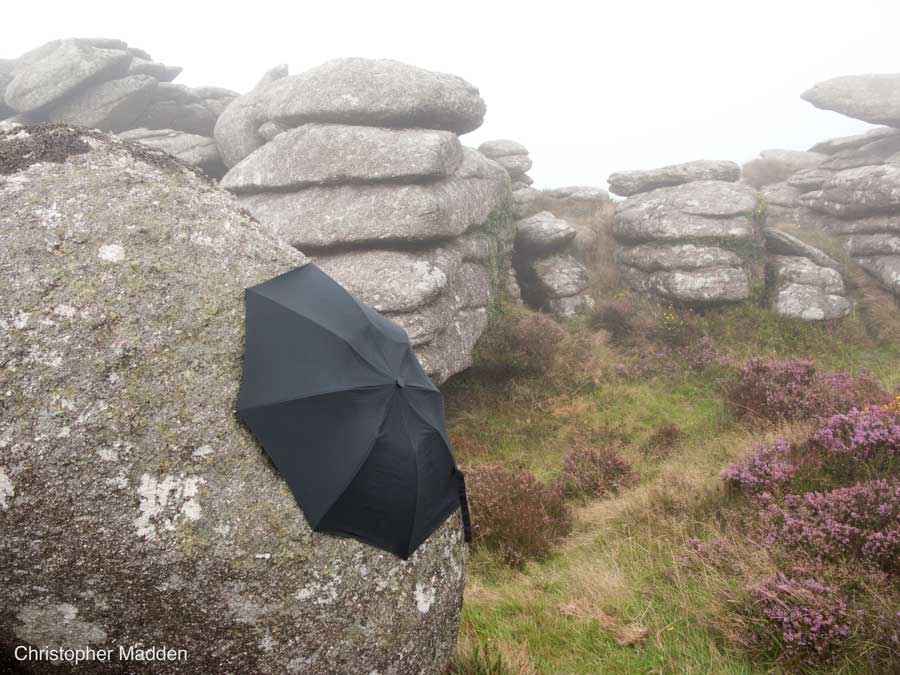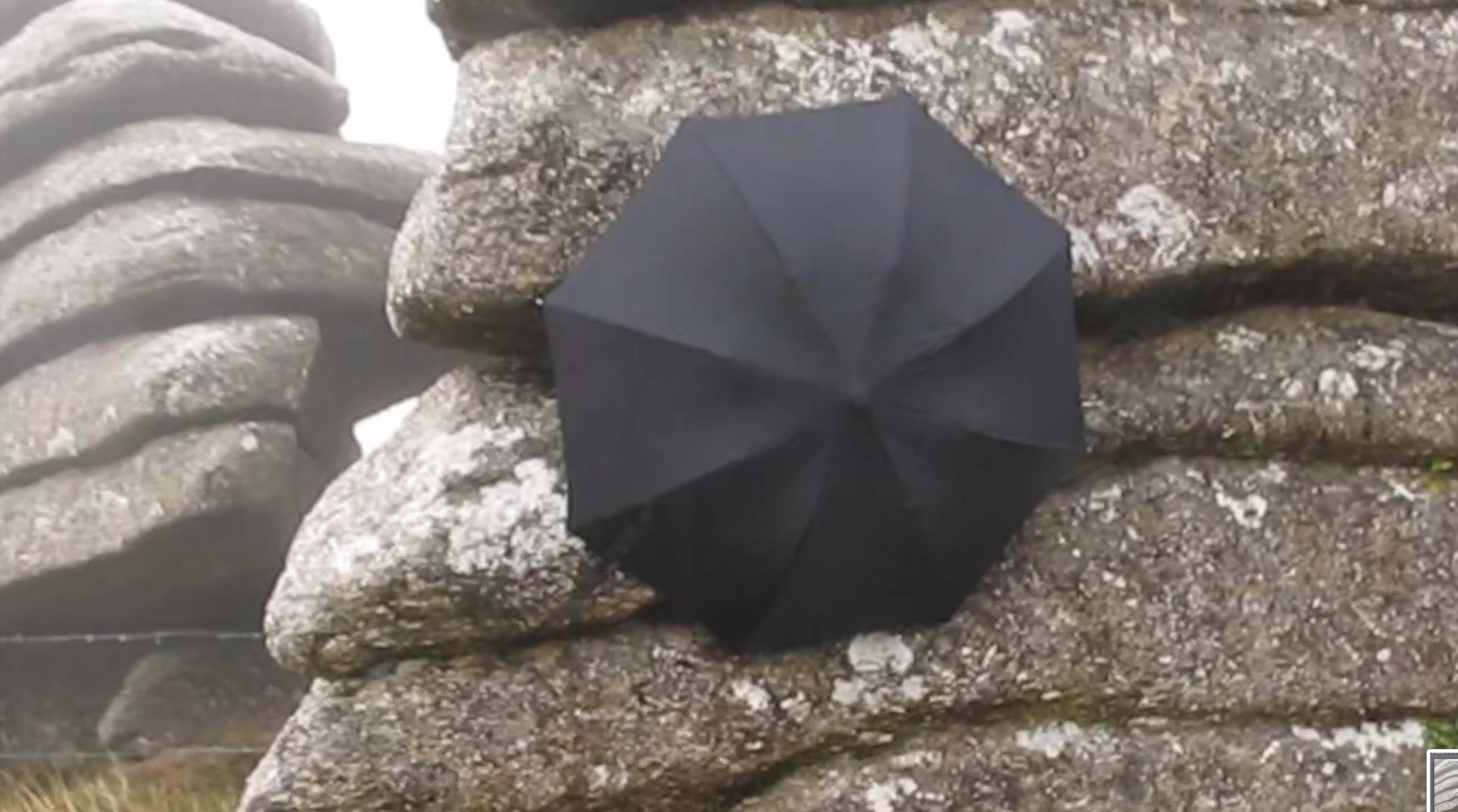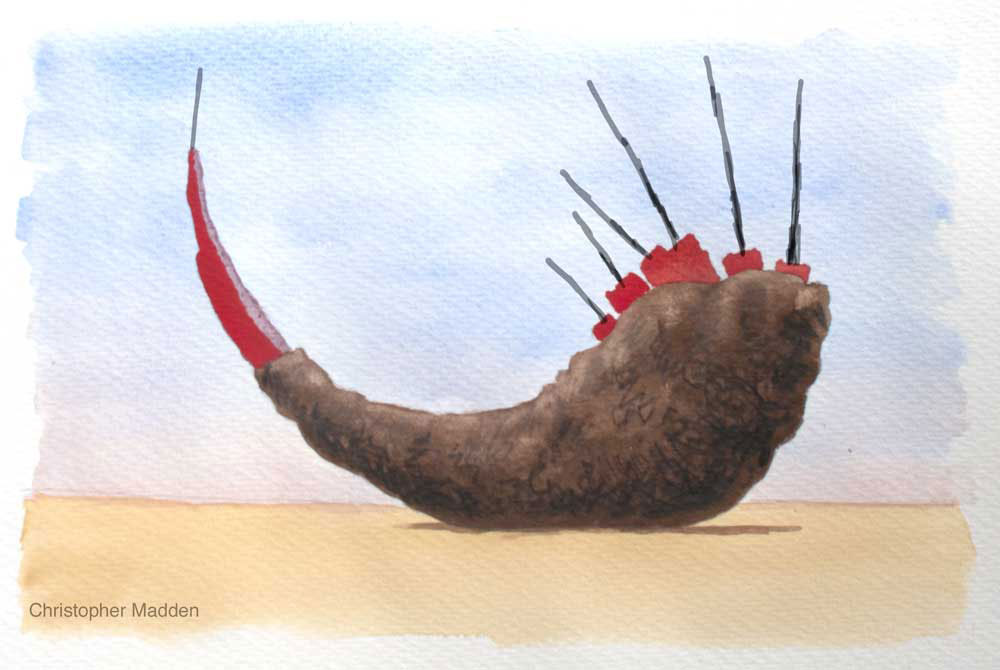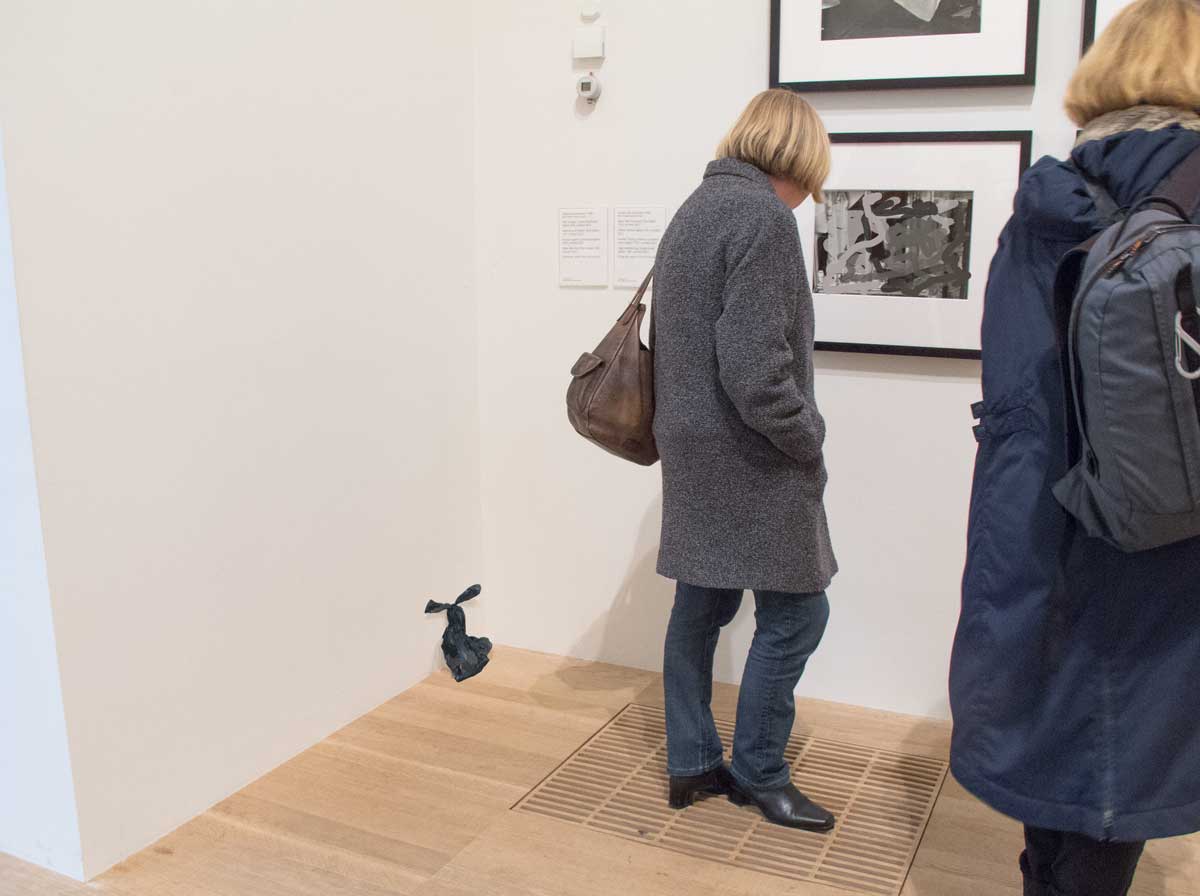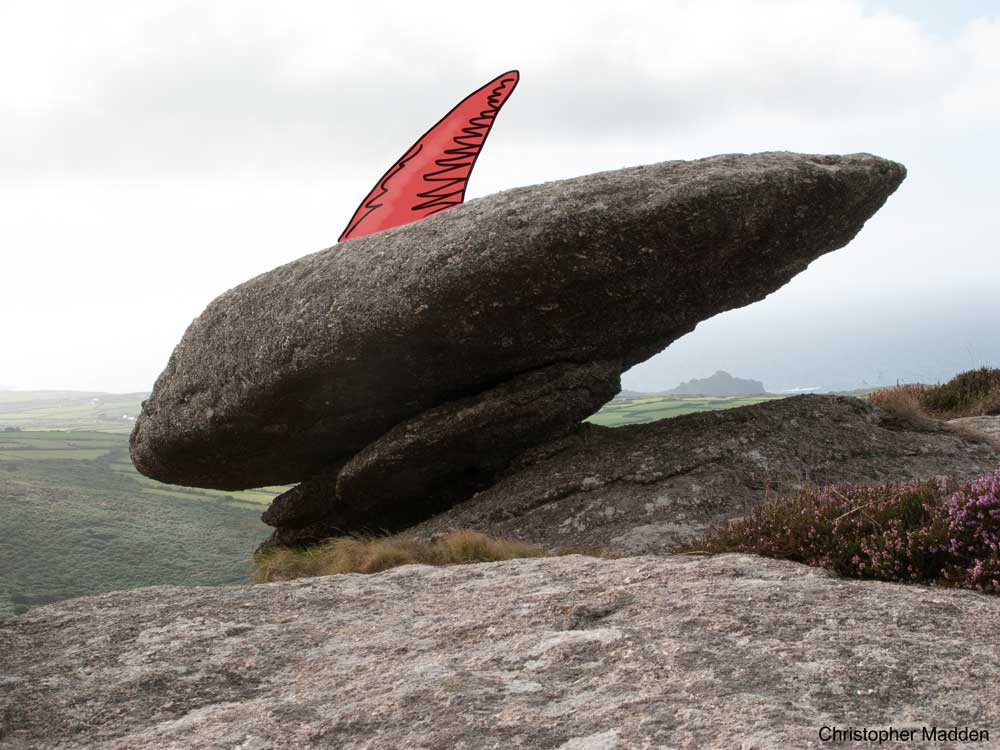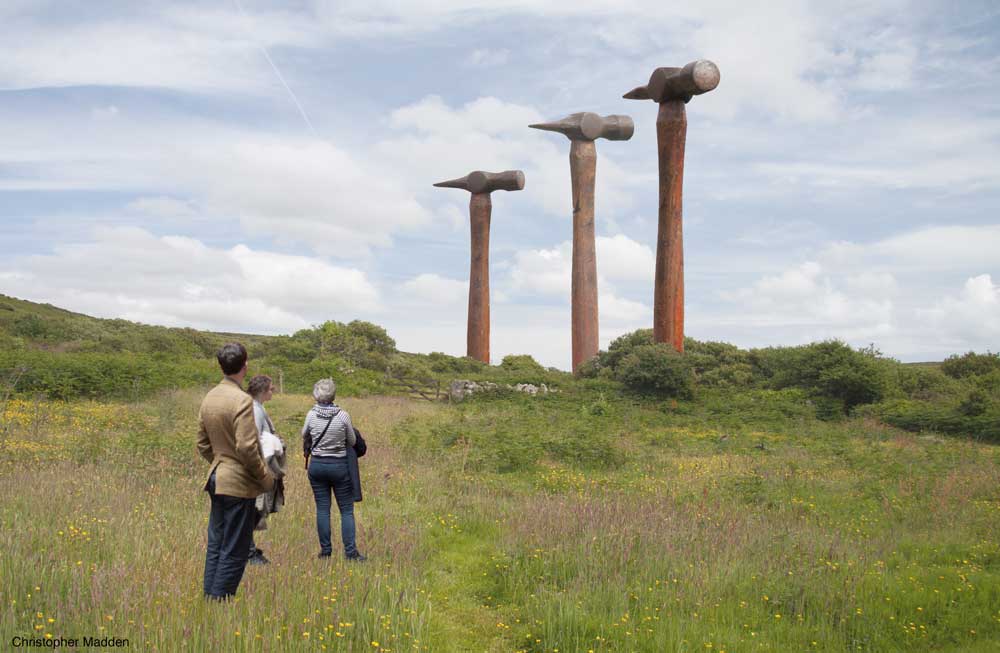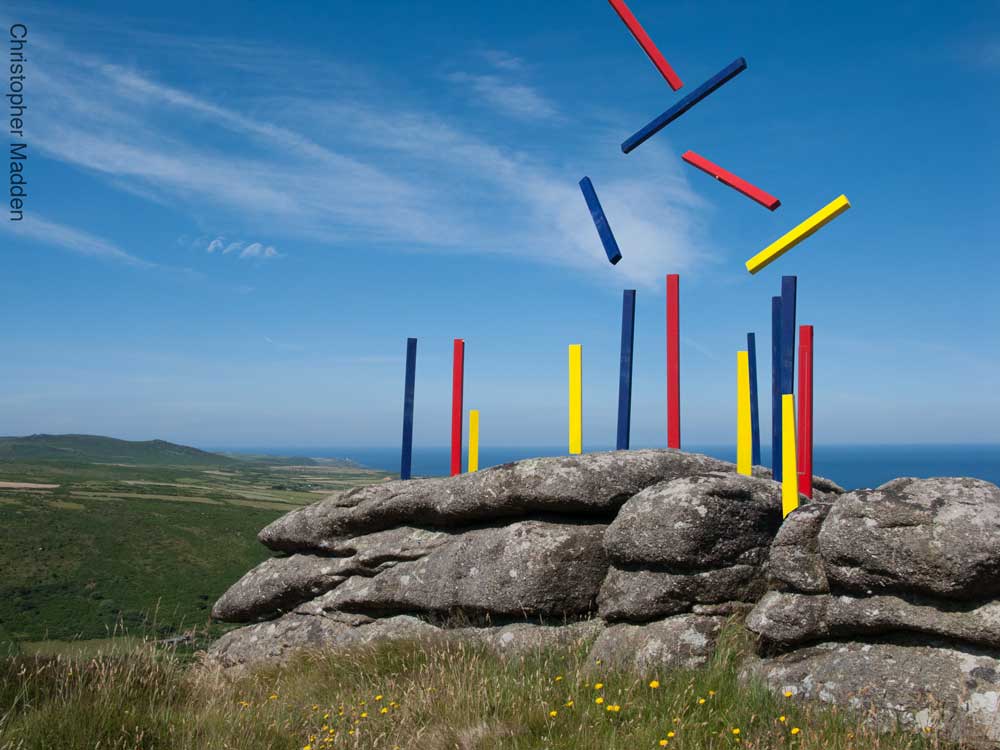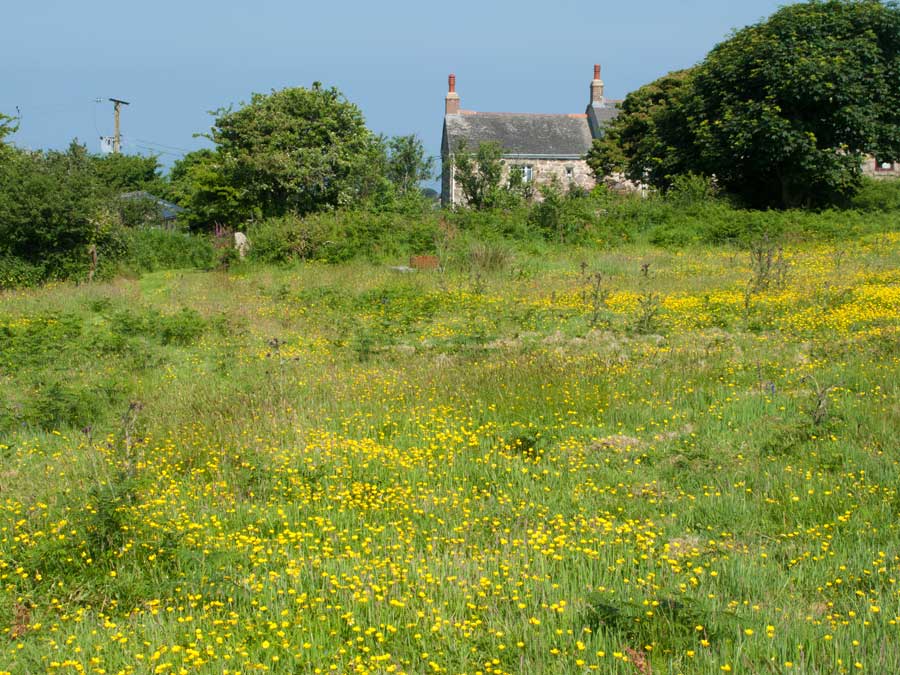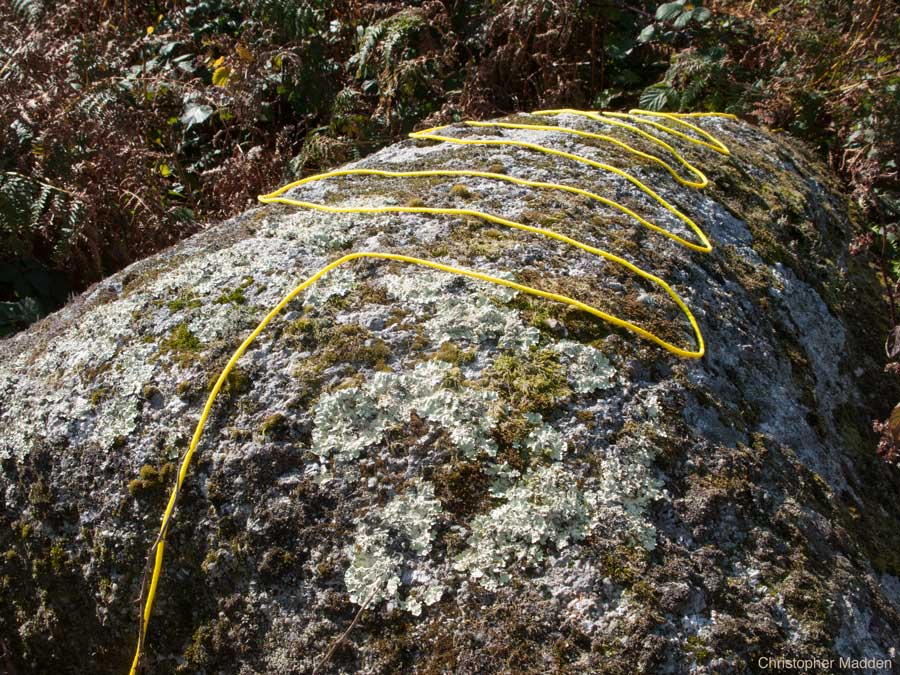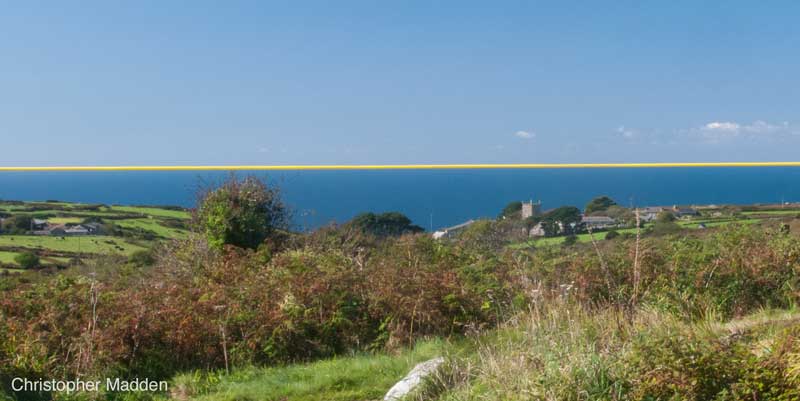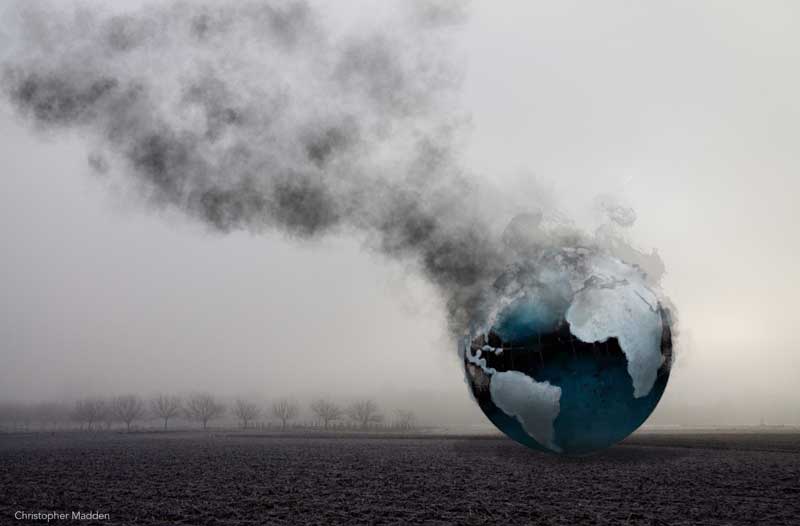
Global warming art – Smoking Globe
Digital print. November 2023.
A smoking globe. Planet Earth suffering the consequences of climate change or global warming.
The globe in the image is resting on the ground rather than floating in space. It may be a giant sculpture of the earth smouldering as a result of climate change. It also has the appearance of being some sort of crashed or abandoned man-made structure, as though the earth is an artificial artefact, which in many ways it is, and that this is the reason for its stricken state.
The globe is resting on the ground in a very large field. In the background is a row of trees. These trees give a hint towards the existence of nature and the natural world, however on a second look it may be noticed that the trees themselves are in a perfectly straight line and are all the same age and species – they are in fact part of a completely man-made landscape.
This is one of my many works dealing with environmental issues such as climate change and global warming.
